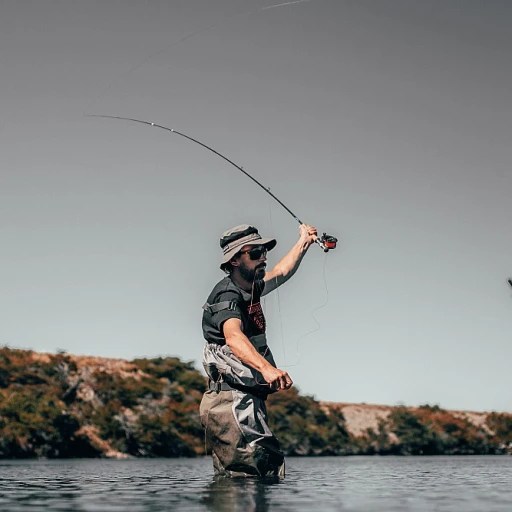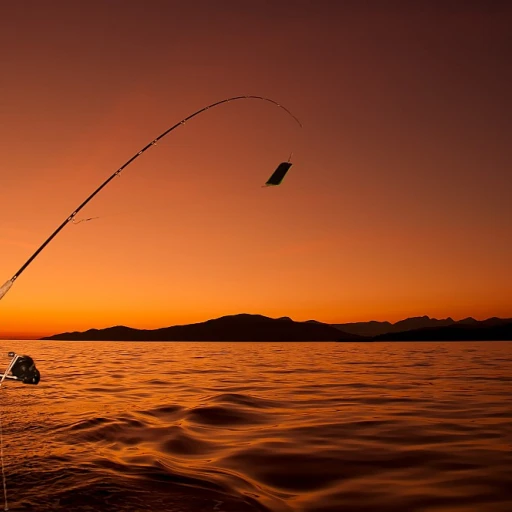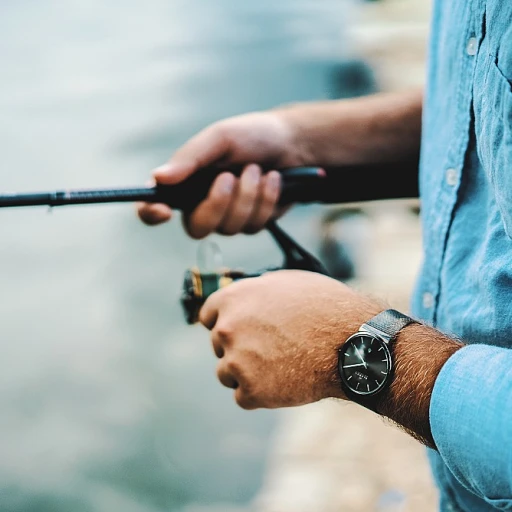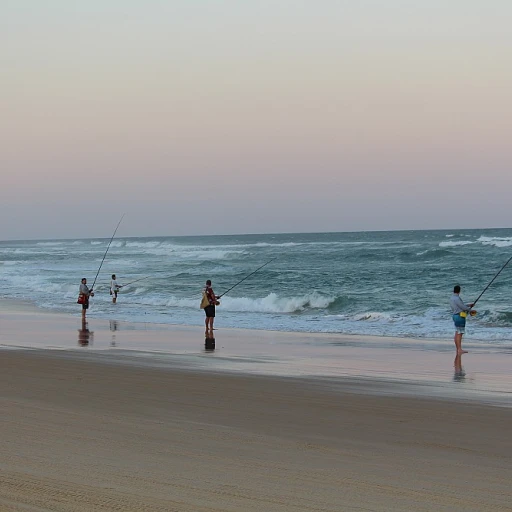
Understanding the Basics of Fishing Knots
Mastering the Art of Fishing Knots
Fishing knots are essential skills for any fishing enthusiast, as they play a crucial role in ensuring the connection between your line, hooks, and lures is secure. Understanding these knots enhances your fishing gear capabilities, helping you tackle different fishing scenarios with ease.
Knots come in various forms, each with unique applications. It's crucial to recognize that different knots offer distinct properties in terms of strength, ease of tying, and functionality. The right knot can make the difference in securing a catch effectively or reeling in frustration from a lost fish.
- Strength: This refers to how much load a knot can bear before breaking. Choosing a high strength knot minimizes the chances of losing your catch due to a snapped line.
- Durability: A durable knot maintains its integrity over repeated use, resisting wear and tear from the rope or fishing line material.
- Functionality: Different knots serve different purposes—whether it's making a simple loop, a more complex eye splice, or forming a stopper.
As you delve deeper into the world of fishing knots, you'll discover nuances like the diamond knot's elegance and strength or the ubiquitous overhand knot's simplicity. Each offers a unique set of advantages that cater to specific fishing needs. Exploring these options will enhance your skill set, allowing you to adapt and succeed on your fishing adventures.
The Soft Shackle Diamond Knot: A Closer Look
A Detailed Examination of the Soft Shackle Diamond Knot
The soft shackle diamond knot is often celebrated for its remarkable combination of strength and versatility. Specifically designed for use with high-strength materials like Dyneema rope, this knot is an essential tool in a fisherman's toolkit, mainly due to its low-profile design and robust load-bearing capabilities. This knot's structure consists of a complex diamond configuration that delivers enhanced breaking strength and resilience under tension. At its core, the diamond knot strategically distributes load across its intricate loops and likes to a conventional splice but retains some additional benefits. With the shackle acting as a button and stopper simultaneously, it eliminates the necessity for additional hardware. Often used in conjunction with shackle stronger techniques, the soft shackle diamond knot forms a closed loop, which tightly grips against any objects it is linked with. This characteristic makes it particularly advantageous when working with inflatable boat registration plates or attaching to a loop eye securely. Furthermore, its button knot component facilitates easy release after use, making untying and adjustment more straightforward than other knots. While it may take a bit of practice to master fully, instructional tying guides and improved soft shackle methods can greatly assist in attaining proficiency. As noted by many experienced anglers, the time invested in learning this knot pays off by enhancing overall fishing efficiency, supporting heavier loads without worry of slipping.
- + High strength: 44,050lb Min Break Strength
- + Versatile: Compatible with Truck, UTV, ATV, Jeep, Toyota, Ford
- + Durable: Synthetic material designed for offroad recovery
- + Two-pack: Great value for multiple uses
Exploring the Overhand Knot
The Underrated Overhand Knot
The overhand knot is often overlooked in the world of fishing, yet its simplicity and utility make it a staple in many anglers' arsenals. Known for its ease of tying, the overhand knot is a straightforward method that many beginners master first. With just a loop and a tail, this knot can be tied quickly in precarious situations where time is of the essence.
In terms of strength and durability, the overhand knot might not compete with specialized knots like the button knot and soft shackle diamond knot. However, its role as a foundational knot cannot be underestimated. Every angler must learn it, as it often serves as part of more complex knot assemblies, such as the eye splice or butterfly loop. Mastering the overhand knot will enable fishermen to create more secure systems from seemingly simple beginnings.
To tie the overhand knot, simply make a loop and pass the working end through the loop. Pull both ends to tighten. This knot can function as a simple stopper knot as well, preventing ropes or shackles from slipping through openings, thereby offering a basic load-bearing capacity at the end of a line. This makes the overhand an ideal secondary knot to support main knots within fishing setups.
Although its breaking strength might not match the high strength of other knots, the overhand knot's adaptability is invaluable. It can expand its utility by functioning as a temporary fix when other, more advanced knots might fail or in scenarios that demand a quick solution. In summary, while the overhand knot does not boast specialized features, its fundamental nature makes it a versatile component in any angler’s knot toolkit.
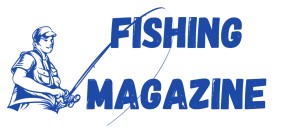
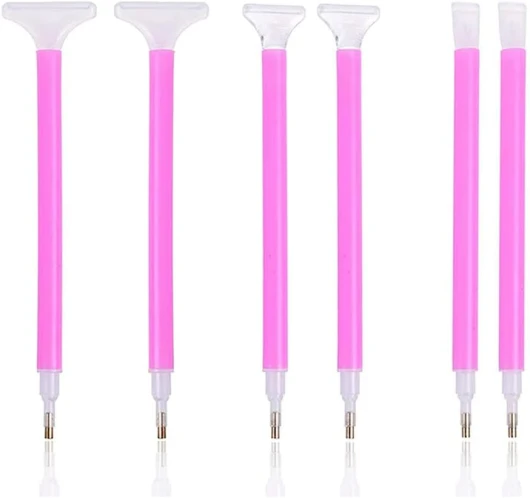
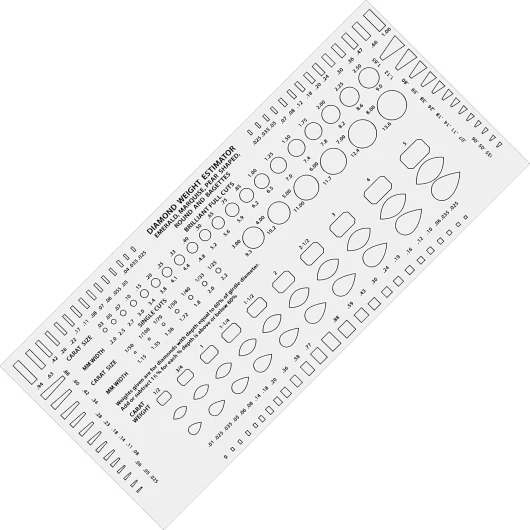
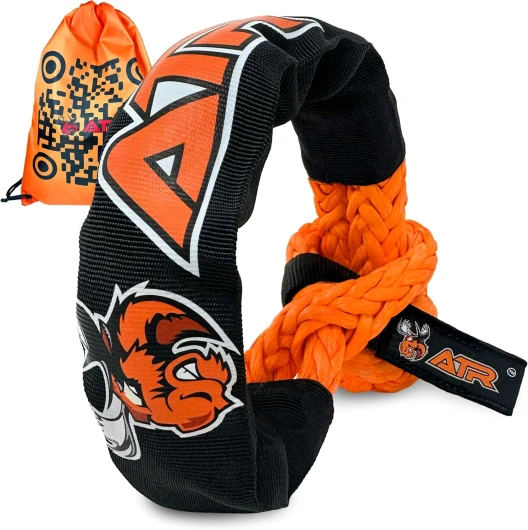
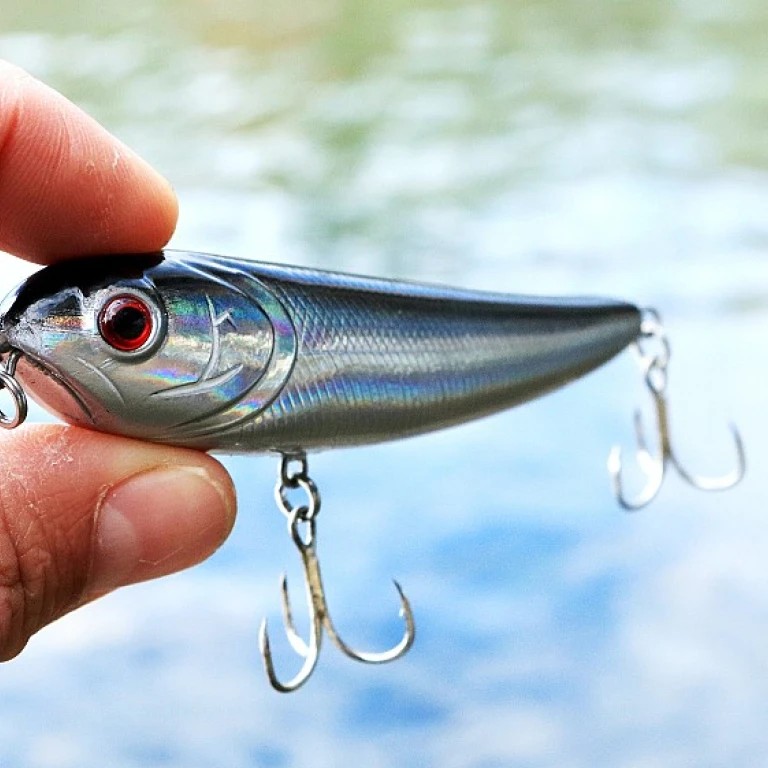
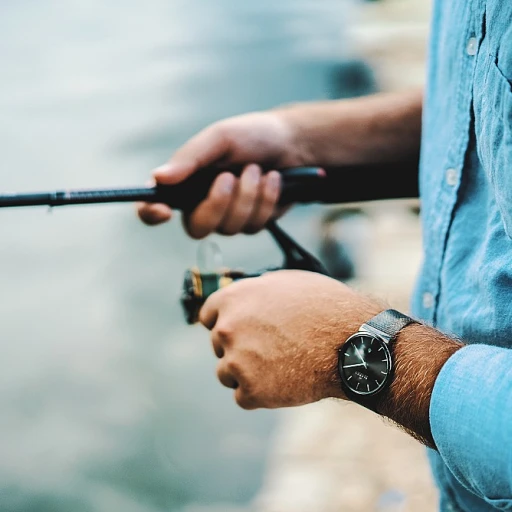
-large-teaser.webp)

